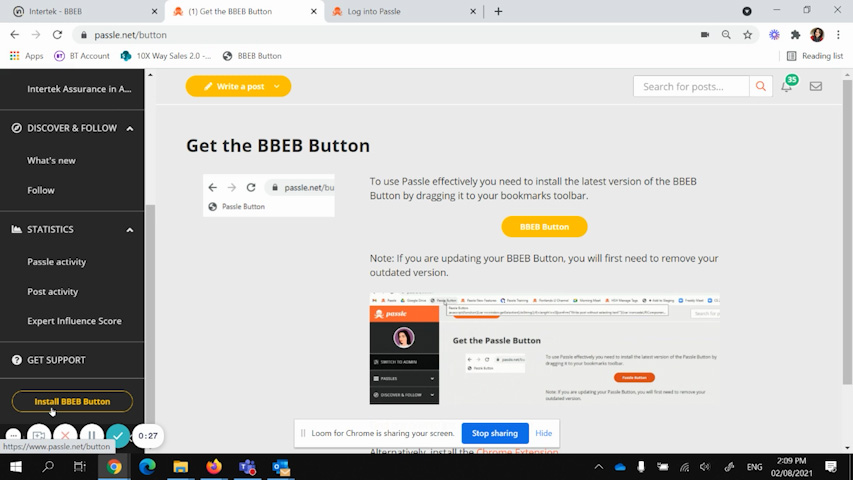We can't live without plastics, it seems. They are a part of our daily lives from being in the cars we drive, the computers we work on, and yes… even the foods we eat. So, we literally cannot live without plastics. But that's not a good thing, at all!
Like many people, eating healthy is a lifestyle choice. But not eating plastic is no longer a choice, unfortunately. Ninety percent of animal and vegetable protein samples tested positive for microplastics, teeny polymer fragments that can range from less than 0.2 inch (5 millimeters) down to 1/25,000th of an inch (1 micrometer).
Even vegetarians can’t escape. If the plastic is small enough, fruits and vegetables can absorb microplastics through their root systems and transfer those chemical bits to the plant’s stems, leaves, seeds and fruit.
So what foods have the most plastics? Some might actually come as a big surprise!
“How much plastic will you have for dinner, sir? And you, ma’am?” While that may seem like a line from a satirical skit on Saturday Night Live, research is showing it’s much too close to reality.
https://www.cnn.com/2024/04/22/health/plastics-food-wellness-scn/index.html
 unknownx500
unknownx500



/Passle/60211dc9e5416a0c14bc63d4/SearchServiceImages/2026-01-12-15-37-05-649-696515215262d0a2d84c75b3.jpg)












